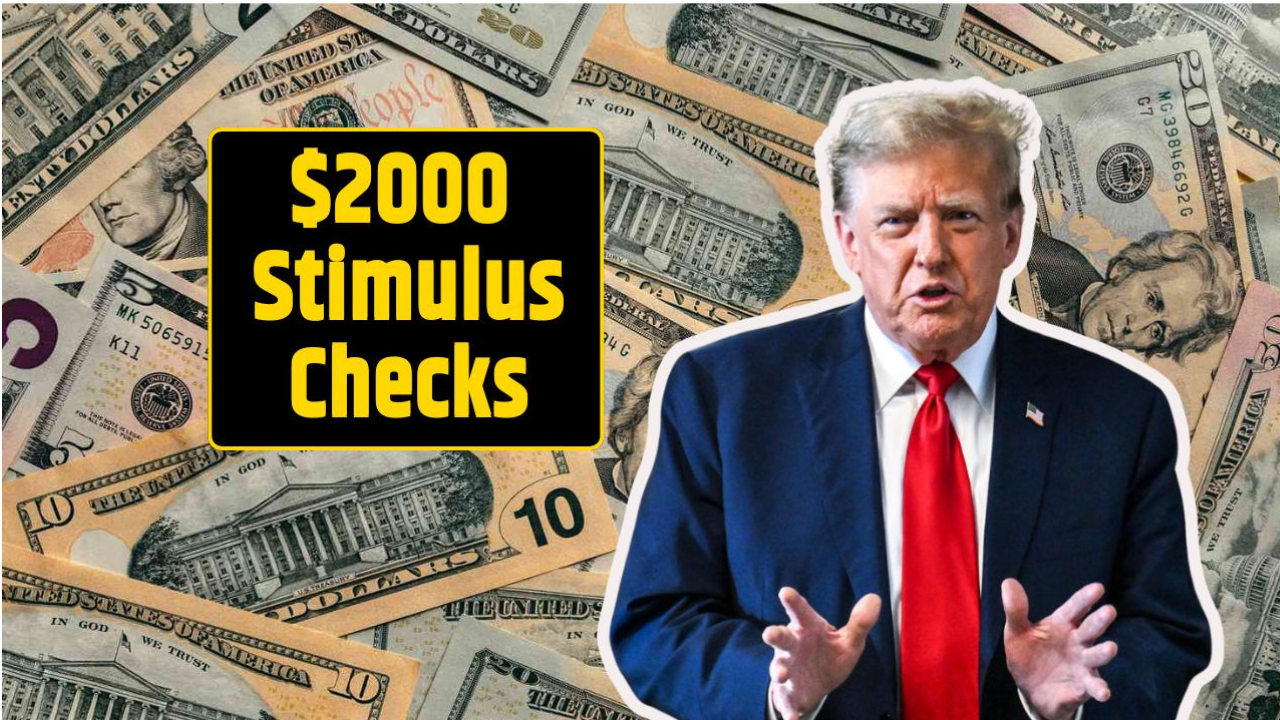With the rising cost of living, many American families are looking for relief—and now, the government has announced direct deposits of $2,000 for eligible Americans. This financial assistance is being provided in an effort to ease the burden caused by inflation, rising rents, medical expenses, and everyday household needs.
For millions, this payment isn’t just about putting extra money in the bank—it’s about relief and stability in uncertain times. Below, we explain who’s eligible, when the payment will arrive, and how you can ensure you don’t miss out.
Why a $2,000 Direct Deposit Now?
The US economy has faced both improvements and challenges in recent years. Inflation has driven up grocery bills, fuel costs, and housing prices, leaving many families struggling financially. The government’s response—like previous stimulus efforts—is designed to directly boost families while also stimulating local economies.
By sending money directly to citizens, officials hope to boost consumer spending, provide financial relief, and ensure that those living paycheck to paycheck have a safety net.
Who is Eligible?
Eligibility for the $2,000 direct deposit is based primarily on income level, residence, and tax status. Here’s what we know so far:
-
Individual Filers – Must earn $75,000 or less annually to qualify for the full $2,000. Reduced amounts may be given to those with higher incomes.
-
Married Couples Filing Jointly – Must earn $150,000 or less combined to receive the full $4,000 ($2,000 each).
-
Head of Household – Eligible with an income up to $112,500.
-
Dependents – Additional payments may be provided to households with dependents, though the exact figure is still under review.
-
Residency – You must be a U.S. citizen or permanent resident with a valid Social Security number.
-
Tax Filing Requirement – You must have filed your 2024 tax return to ensure accurate payment processing.
These criteria ensure that payments reach middle- and low-income families who need them most.
Payment Dates
The payments are scheduled to be rolled out in October 2025, though the exact date depends on how you receive funds:
-
Direct Deposit: Citizens with bank details already on file with the IRS will be the first to receive funds. Deposits are expected between October 10–20, 2025.
-
Paper Checks: Those without direct deposit set up will get paper checks in the mail. Delivery may take longer, likely arriving October 20–30, 2025.
-
Debit Cards: Some may receive government-issued prepaid debit cards, similar to earlier relief programs. These are expected to be mailed in late October 2025.
How will this help?
For many families, $2,000 could mean paying outstanding bills, buying school supplies, paying rent, or meeting rising healthcare costs. For retirees and those on fixed incomes, it could help cover medications or basic household needs.
Economists also predict that this payment will boost local businesses, as citizens spend directly in their communities—leading to a widespread economic relief impact.
FAQs About the $2,000 Direct Deposit
1. Who will receive the $2,000 direct deposit?
Any U.S. citizen or permanent resident who meets income requirements and has filed a 2024 tax return is eligible.
2. Will Social Security and SSI recipients qualify?
Yes. Social Security, SSI, and VA beneficiaries are expected to qualify as long as they meet the income and residency requirements.
3. Do I need to apply for the payment?
No application is required. The IRS will automatically process payments using information from your most recent tax return.
4. What if I didn’t file taxes in 2024?
You may need to file a simplified return or update your information with the IRS to ensure you receive your payment.
5. Will dependents receive additional support?
Yes, families with dependents may receive additional funds, though the exact per-dependent amount is still being finalized.
6. Are these payments taxable?
No. Like previous stimulus checks, the $2,000 direct deposit is not considered taxable income.
7. How will I know if I’m getting direct deposit or a check?
If you’ve received tax refunds or past relief payments via direct deposit, you’ll get this payment the same way. Otherwise, a check or debit card will be mailed.
8. Can debt collectors take this payment?
In most cases, payments are protected from private debt collectors. However, federal debts such as overdue child support may affect eligibility.
Final Thoughts
The $2,000 direct deposit for Americans is more than just financial assistance—it’s a cushion for families struggling to cope with today’s rising costs. While it won’t solve every problem, it provides much-needed relief and stability to millions.
As October 2025 approaches, make sure your tax filings and bank statements are up-to-date with the IRS to avoid delays. This payment could be a welcome relief for many families.

